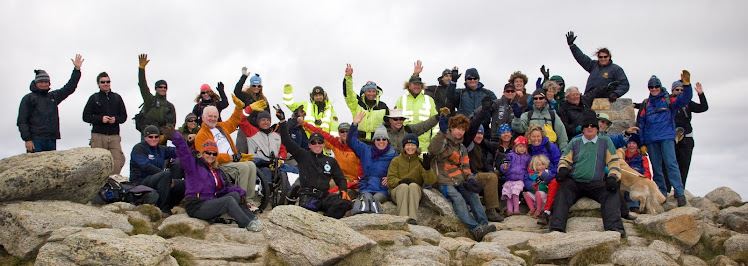Full Reference
Lee, B. K., Agarwal, S., & Kim, H. J. Influences of travel constraints on the people with disabilities' intention to travel: An application of Seligman's helplessness theory. Tourism Management, In Press, Corrected Proof. doi: 10.1016/j.tourman.2011.06.011
Lee, Agarwal & Kim's (2011) new research article based on Korean people with disability draws on leisure constraint theory and Seligman's helplessness theory to test a model for a person with disabilities' intention to travel. The article adds to the body of literature on leisure constraint theory discussed in an earlier blog entry. The research design used a structured self-administered questionnaire that included 30 constraint items, helplessness items, intention to travel and a demographic profile. The data was analysed using corrected item-total correlations for each construct and then subjected to series of principal component analyses prior to verifying the overall research fit of the model and hypothesis tests using Amos 7.0.
The results suggest that there were no significant influence on travel intention by the three subdimensions of constraints. However, intrinsic and environmental constraints were statistically significant in their association with learned helplessness. Not surprisingly learned helplessness was found to have a negative influence on intention to travel.
The results suggest that there were no significant influence on travel intention by the three subdimensions of constraints. However, intrinsic and environmental constraints were statistically significant in their association with learned helplessness. Not surprisingly learned helplessness was found to have a negative influence on intention to travel.
Yet, the question must be asked is whether the framing of the research on the theory of learned helplessness provides a contemporary focus for disability related research given the theory's focus on the lack of "abilities" of people with disability rather than questioning the hostile nature of tourism environments and service attitudes. The recent research highlighted on the blog with respect to embodiment (Fullager, 2011; Poria, Reichel, & Brandt, 2011; Richards, Pritchard, & Morgan, 2010; Small & Darcy, 2010, 2011) attitudes towards disability (Bizjak, Knezevic, & Cvetreznik, 2011; Daruwalla & Darcy, 2005) previous constraints research (Daniels, Drogin Rodgers, & Wiggins, 2005; Darcy, 1998; Turco, Stumbo, & Garncarz, 1998) and the recent World Report on Disability (World Health Organization & World Bank, 2011) challenges framing research from medical or deficit based psychological perspectives. Research framed from these perspectives places the emphasis on people with disability as "deficient" and neglects the importance of the social construction of the political, social, economic, built environment and attitudes towards disability. What do others think?
 |
| Photo 1: Sharon Myers - intrepid wheelchair traveller negotiating environmental constraints in the jungles of Peru with the interactive assistance of local guides (Courtesy Sharon Myers http://www.onaroll.org/) |
References
World Health Organization, & World Bank. (2011). World Report on Disability, from http://www.who.int/disabilities/world_report/2011/report/en/index.html










No comments:
Post a Comment